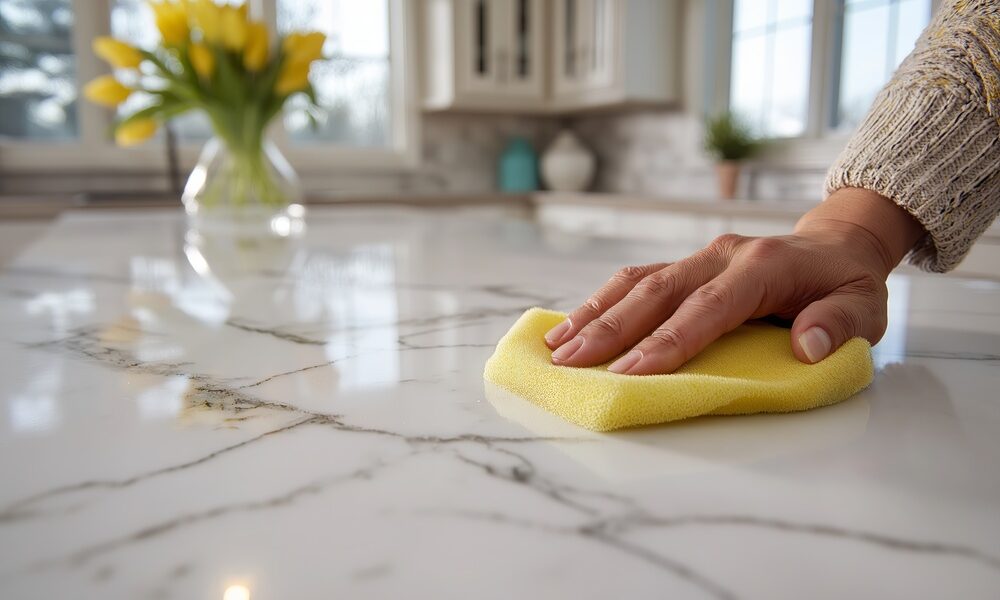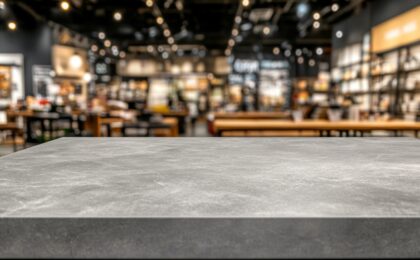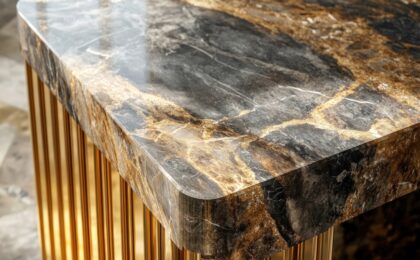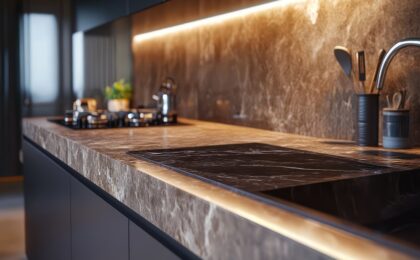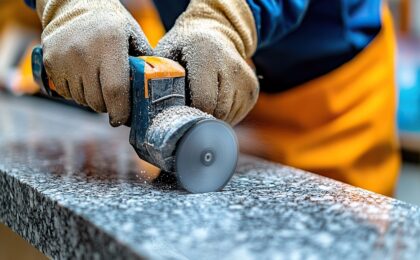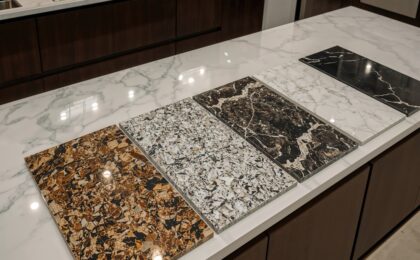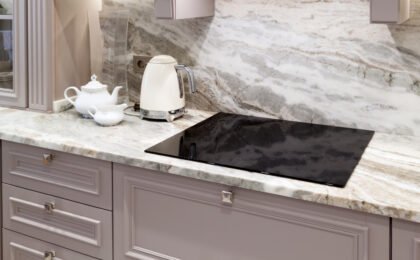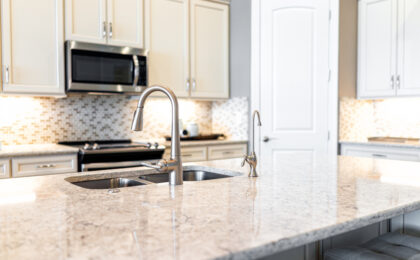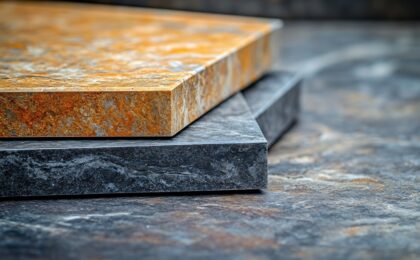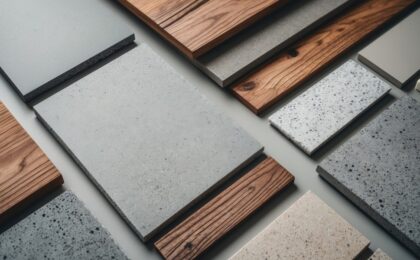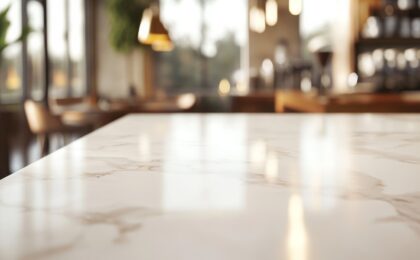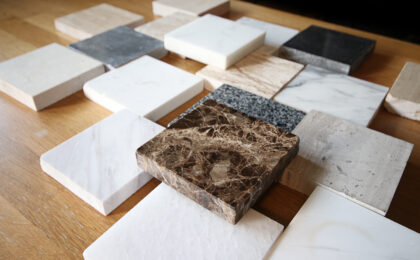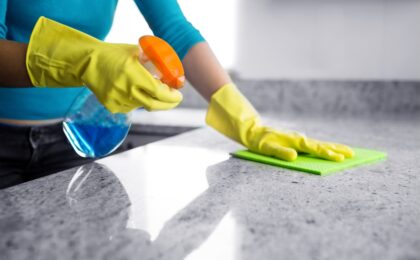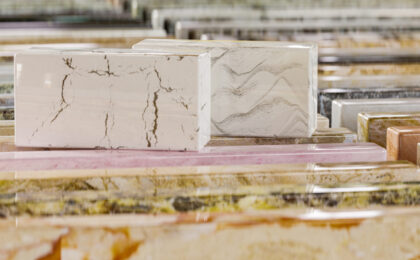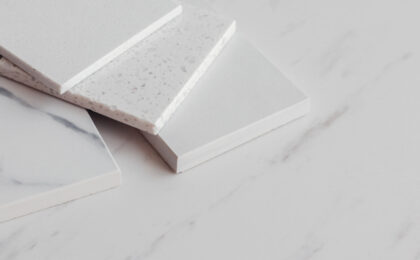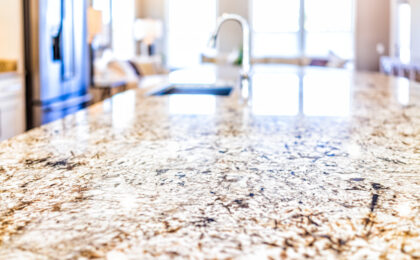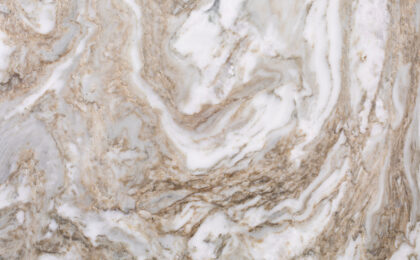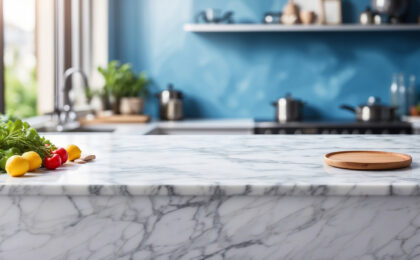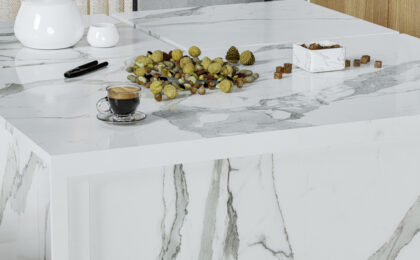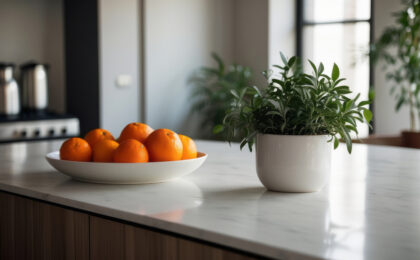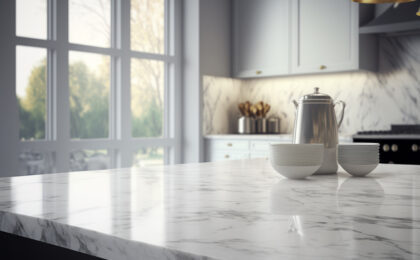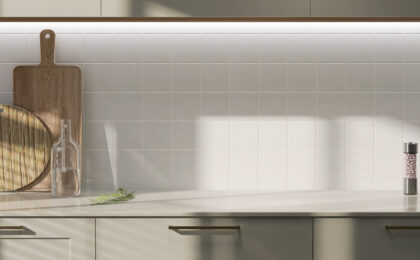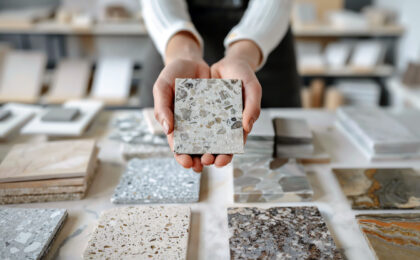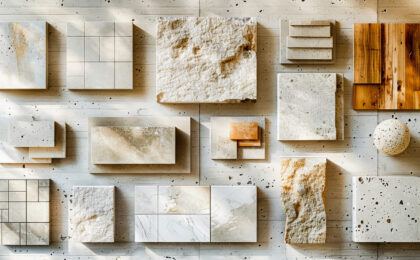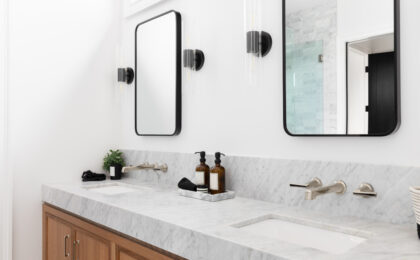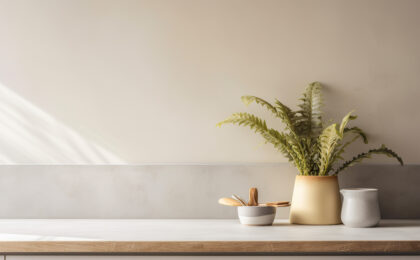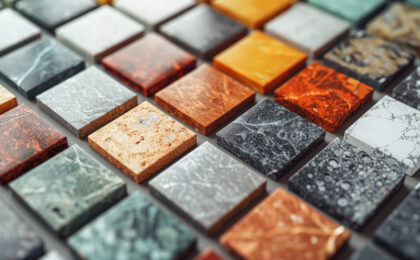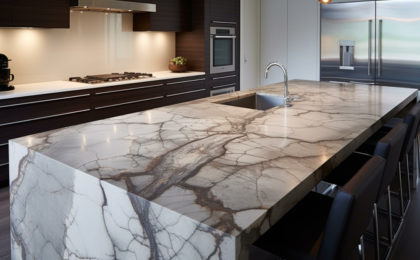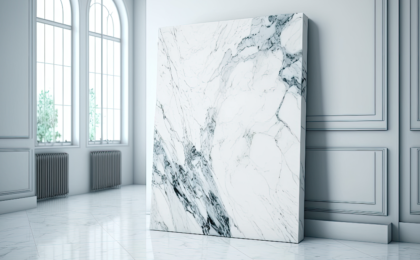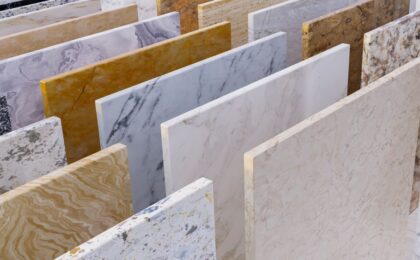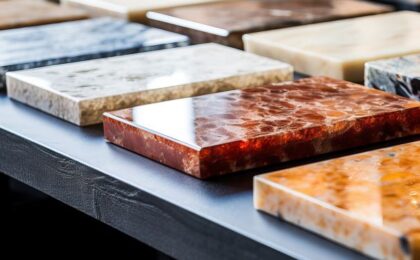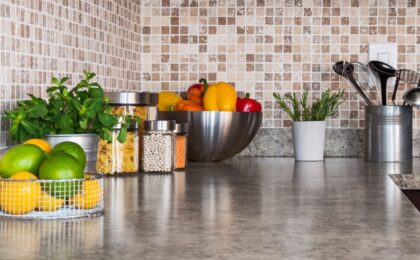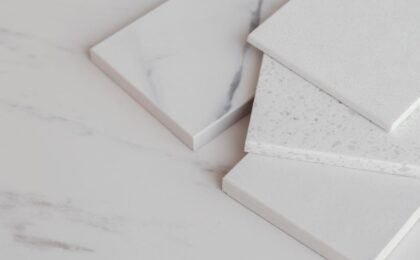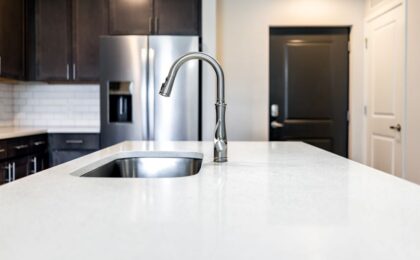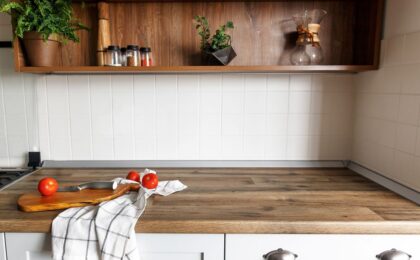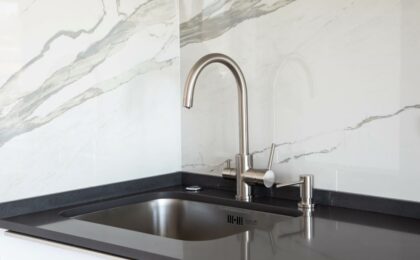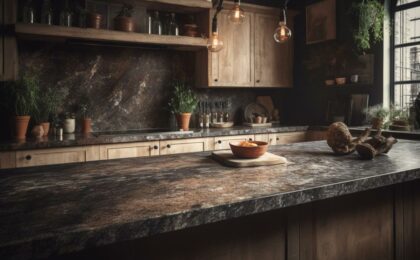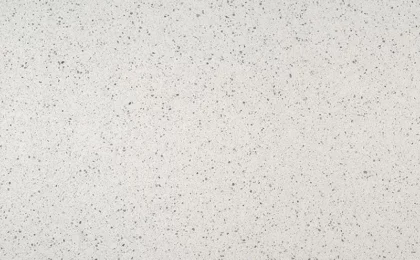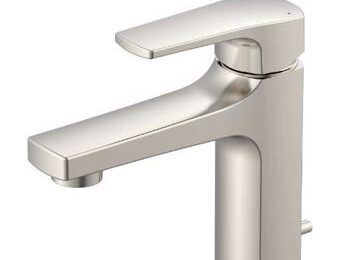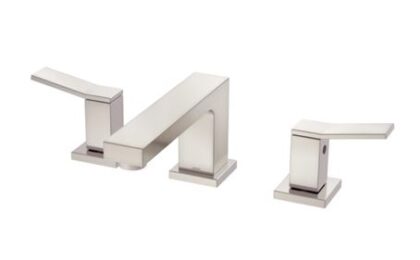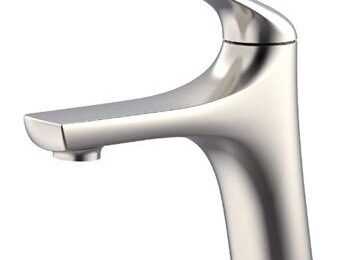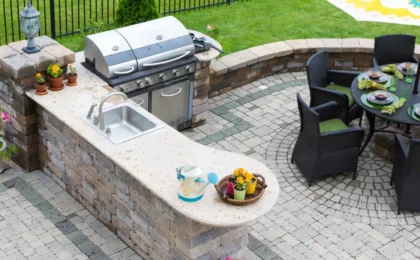You love your marble countertops. They exemplify the classic aesthetic you have worked so hard to achieve in your kitchen. And yet, all it takes is one stain to ruin everything. You do your best to make sure your marble countertops are well cared for. But what do you do if one does get stained?
The first thing is not to panic. Marble is soft and porous in nature, so it stains more easily than other stone countertop materials. But just about every stain can be dealt with in some way, shape, or form. The big question is whether you will be able to handle it yourself.
Identify the Stain Type
The first step is to identify the type of stain you are dealing with. Is it an organic stain from coffee, tea, wine, or another food? Maybe it is an oil-based stain caused by grease or cooking oil. You might even be looking at rust, ink, or a water stain.
Knowing the stain type will give you an idea of how aggressive you will have to be. But again, remember that marble is soft and porous. Even the most aggressive cleaning methods need to be applied gently with this particular surface.
Start With a Gentle Cleaning
You can never go wrong in starting with a gentle cleaning. If it doesn’t work, you have lost nothing but a little bit of time for trying.
Combine warm water with a bit of dish soap. Use a soft sponge to gently wipe the area. If the stain comes up, that’s good. It did not penetrate the stone too deeply. If it doesn’t come up, do not try an abrasive or acidic cleaner in place of the dish soap. Both options are too harsh for marble.
Try Cleaning With a Poultice
A poultice is the next step if gentle cleaning with soap and water doesn’t work. What you want to do is create a thick paste using materials that could pull the stain out of the stone. One of the more common DIY poultices is baking soda and water. Mix the two to create a consistency similar to peanut butter. Apply the poultice to the stain, cover it with plastic wrap, and let it sit for a day or two.
You can remove the dried poultice with a thin, plastic scraper – like a spatula, for example. You will hopefully see clean marble underneath. Rinse the surface with water and towel dry. It is good as new.
Repeat the poultice a second time if necessary. More aggressive stains might require hydrogen peroxide instead of water in the poultice. But before you use hydrogen peroxide, test it on a small and inconspicuous part of the countertop. It has a bleaching effect, so you’ll want to know how it will affect the countertop surface before you apply it to a more visible area.
When Poultices Don’t Work
When a poultice does not work, it is time to call in the professionals. For example, rust stains typically can’t be removed without a specialized cleaning solution. Professionals have access to the right stuff. Etch marks are also best left to the professionals. They could require a combination of cleaning and refinishing.
Marble is a fantastic material for kitchen countertops. But it does require a bit more care than quartzite and quartz. If you like its aesthetic but don’t want to put in the work to care for it, consider one of the other two materials instead. You can see all three at any Bedrock Quartz showroom throughout the state of Utah. And yes, we carry granite too.
